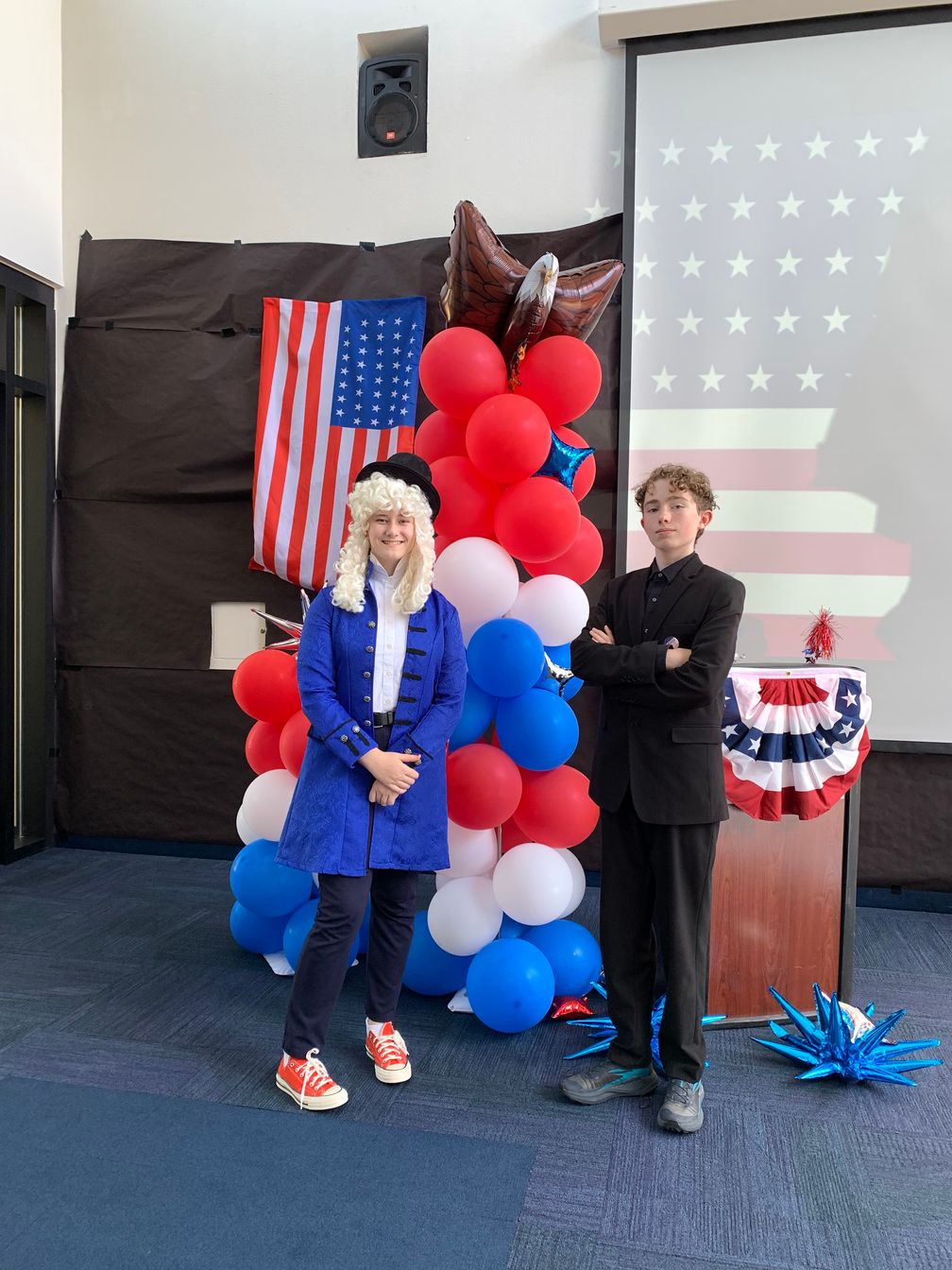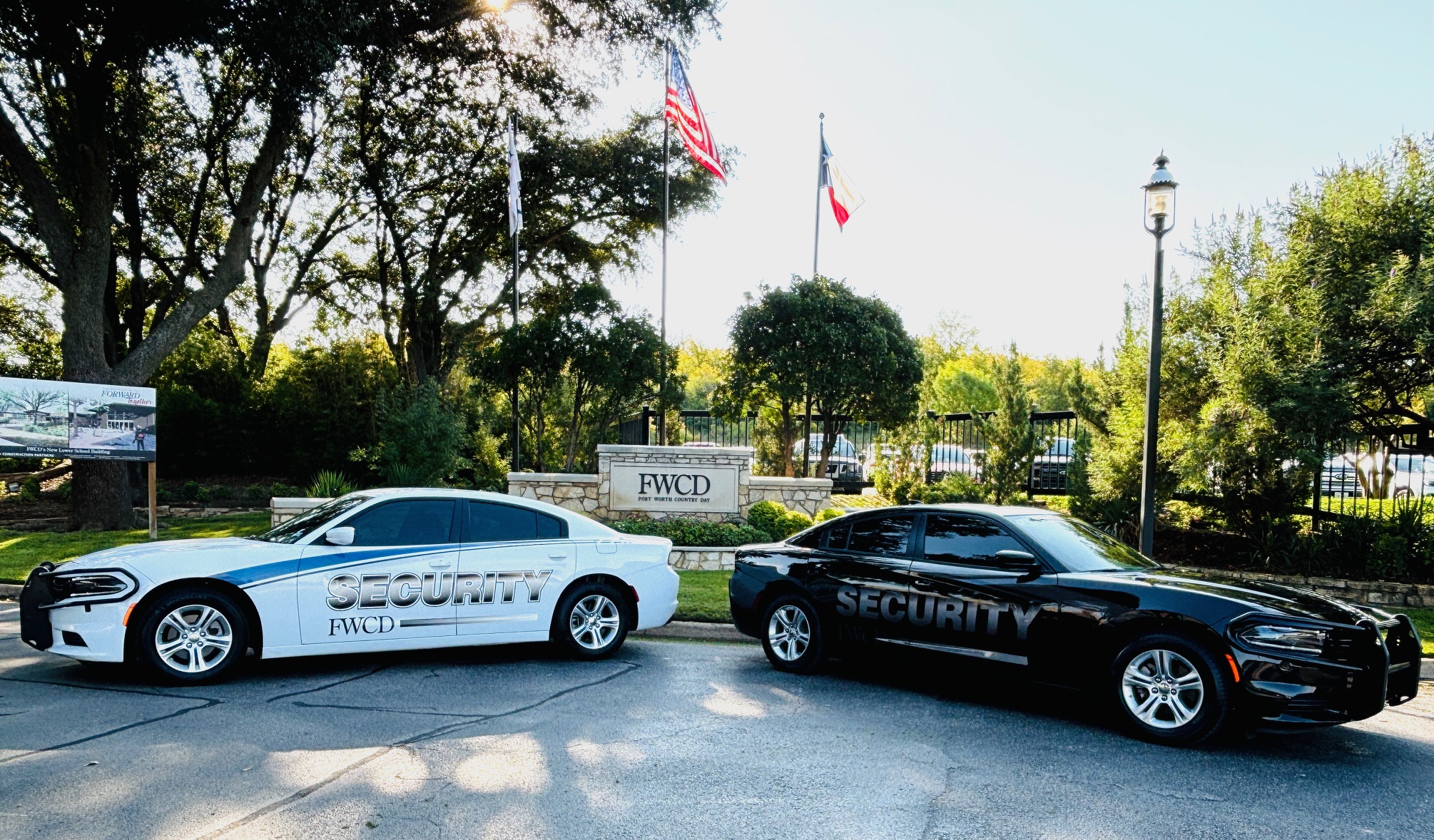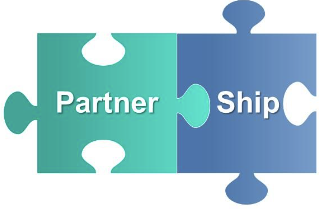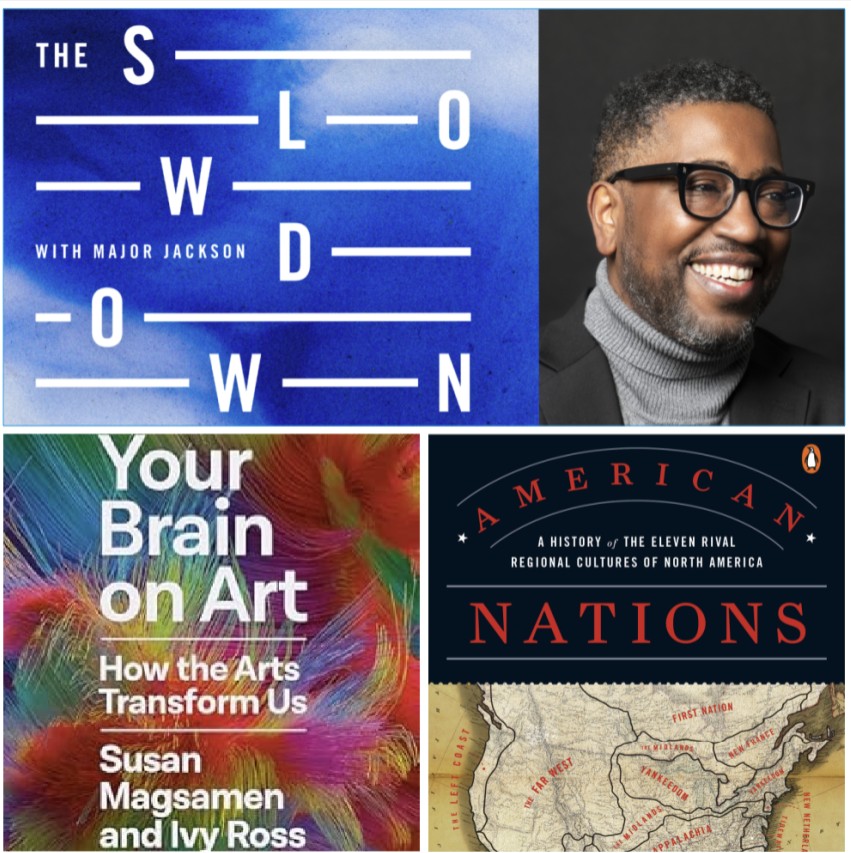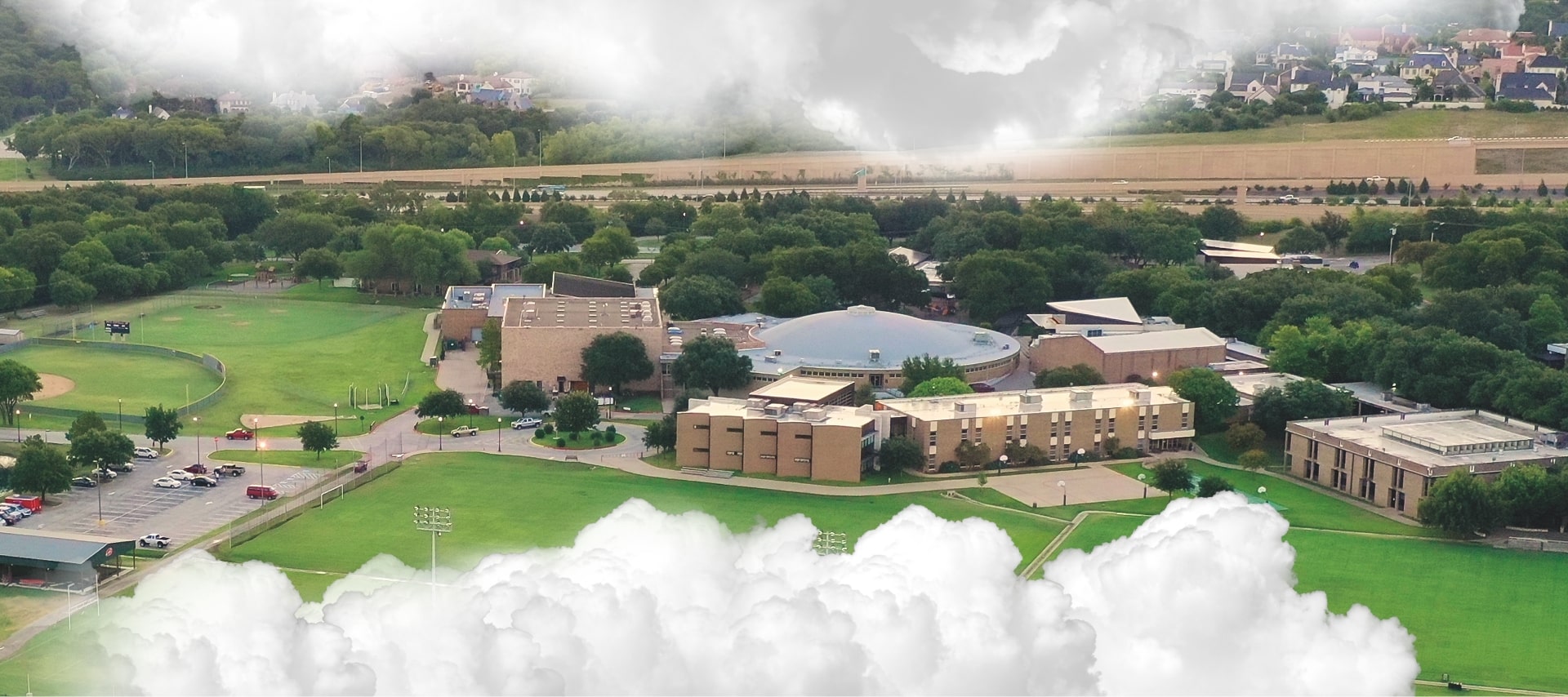Seen Read Heard: February 2025
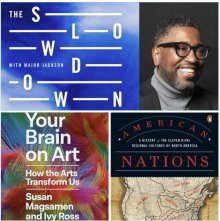
My latest reads and listens are Your Brain on Art: How the Arts Transform Us by Susan Magsamen and Ivy Ross, The Slowdown Podcast: Poetry as Art. Health Benefit, and American Nations: A History of the Eleven Rival Regional Cultures of North America by Colin Woodard.
Your Brain on Art: How the Arts Transform Us by Susan Magsamen and Ivy Ross
Before I read the book, I heard the authors. They spoke at Lamplighter School in Dallas in January. There could not be a better environment to talk about the inspirational value of art. Lamplighter is an architectural wonder by O’Neil Ford, created in 1969 and then added on to with dramatic and magical new buildings ever since. I went to Lamplighter from kindergarten through fourth grade (1968 to 1973). I now serve on their Board of Trustees.
Lamplighter has a wonderful endowed speaker series that Magsamen and Ross were a part of. As speakers, they shared some inspired and informed nuggets:
“Feed our creative side to unleash our brain side.”
“Live that life that only you were meant to live.”
In the book, the authors have a clear mission to wrangle as much research as possible to prove over and over that life is better when we are exposed to art, as audiences for sure, but especially as participants. They make a case for our health and well-being being profoundly impacted by using all of our senses, including hearing music, mushing up clay, painting and drawing (even if we do so badly … they argue that all we have to do is consider what we intended to draw and we benefit from a certain release).
Perhaps the authors stretch the idea of “art” a bit in claiming being in nature is being in art. Nature inspires art. Like art, nature has so many healthy results and effects, but nature is not art per se. Some of the science seems obvious and intuitive, but it helps to have the “data.”
In the end, you won’t be surprised that I found a connection to the student experience at FWCD. Strategic Plan 2030 has four pillars. Pillar I doubles down on our commitment to the 3A’s. Art is an essential third of what we expose our students to. Of most interest at the start of 2025 is the role our own amazing new Lake|Flato building can have, inspiring our students and our faculty by being an intriguing, colorful, bright space. May that new space be a reminder for years to come of the importance of creating exciting learning environments.
The Slowdown Podcast: Poetry as Art. Health Benefit
Your Brain on Art makes a case for just about every art form, from architecture to fiction, having the ability to transform. Everyone who reads the book will have different elements of the story Magsamen and Ross tell that resonate more powerfully for them as readers. A reference to “The Slowdown” in the book led me to search for this podcast.
It’s true that poetry has a power that prose does not. The economy of words creates a sort of inverse proportion: the fewer words, the greater the attention we pay to those words and the greater power each word has. The podcast starts with a significant introduction of each poem and then shares a different poem each day. Your Brain on Art made me consider the value of poetry and the podcast lets me benefit from that value.
American Nations: A History of the Eleven Rival Regional Cultures of North America by Colin Woodard
Woodard makes a case that “Americans have been deeply divided since the days of Jamestown and Plymouth.” (2) He specifically identifies 11 different founding cultures and argues they each “had its own set of cherished principles, and they often contradicted each other.” (2)
“Our true Founders didn’t have an original ‘intent’ we can refer back to in challenging times: they had original intents.” (3)
As we discovered in the book club that discussed the book, you can bring very different perspectives to Woodard’s argument. You can agree with some parts and find other parts a stretch. Distinguishing between portions of the country on the basis of who settled the territory, what form the primary settlements took (from early versions of "urban" to rural farming sprawl), he argues, for instance, that not all of the colonists really joined the battles against Great Britain with the same motivations, “they were fighting separate wars of colonial liberation.” (116) And, “while the [First Continental] Congress did bring the other five [founding] nations together, it was as an alliance of treaty partners, not as a prelude to national unity.” (126)
Perhaps it is comforting to think that, given that we are continually told how divided our country is in 2025, there is a version of history in which division has been a part of our narrative from the beginning. Some of Woodard’s evidence is easier to follow and nod your head at than others, but the whole argument is at least interesting. His solutions to the problem are a whole different story: there’s plenty to debate in his proposals for a road toward greater unity across Woodard’s 11 “rival regional cultures.”





%20(1).jpeg)
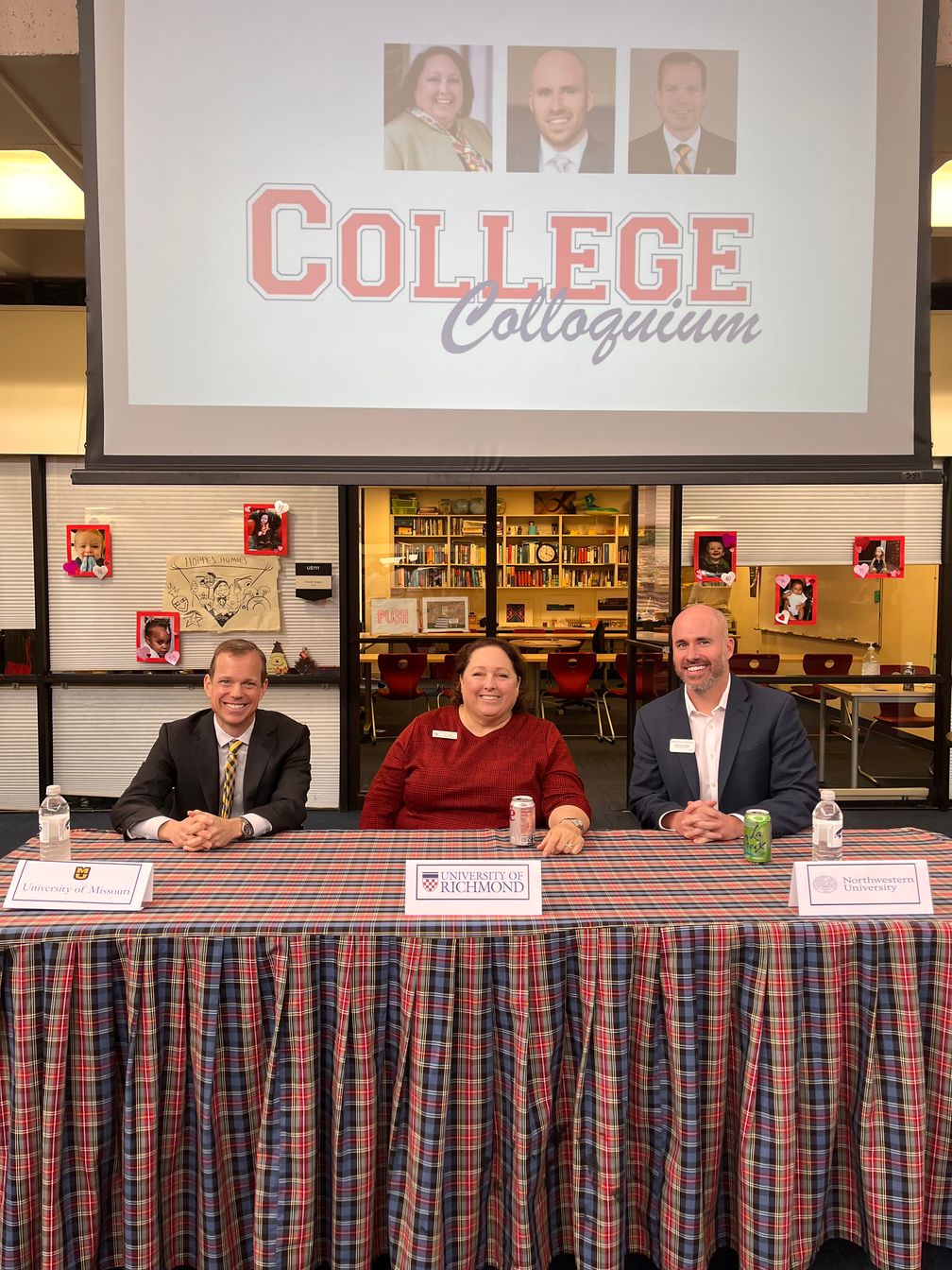
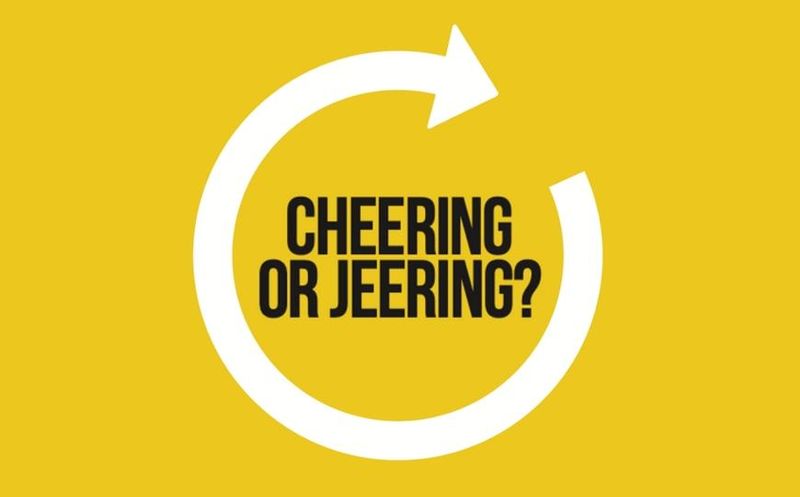
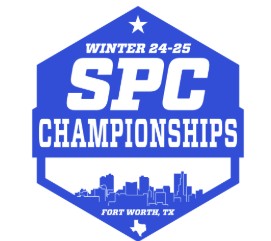
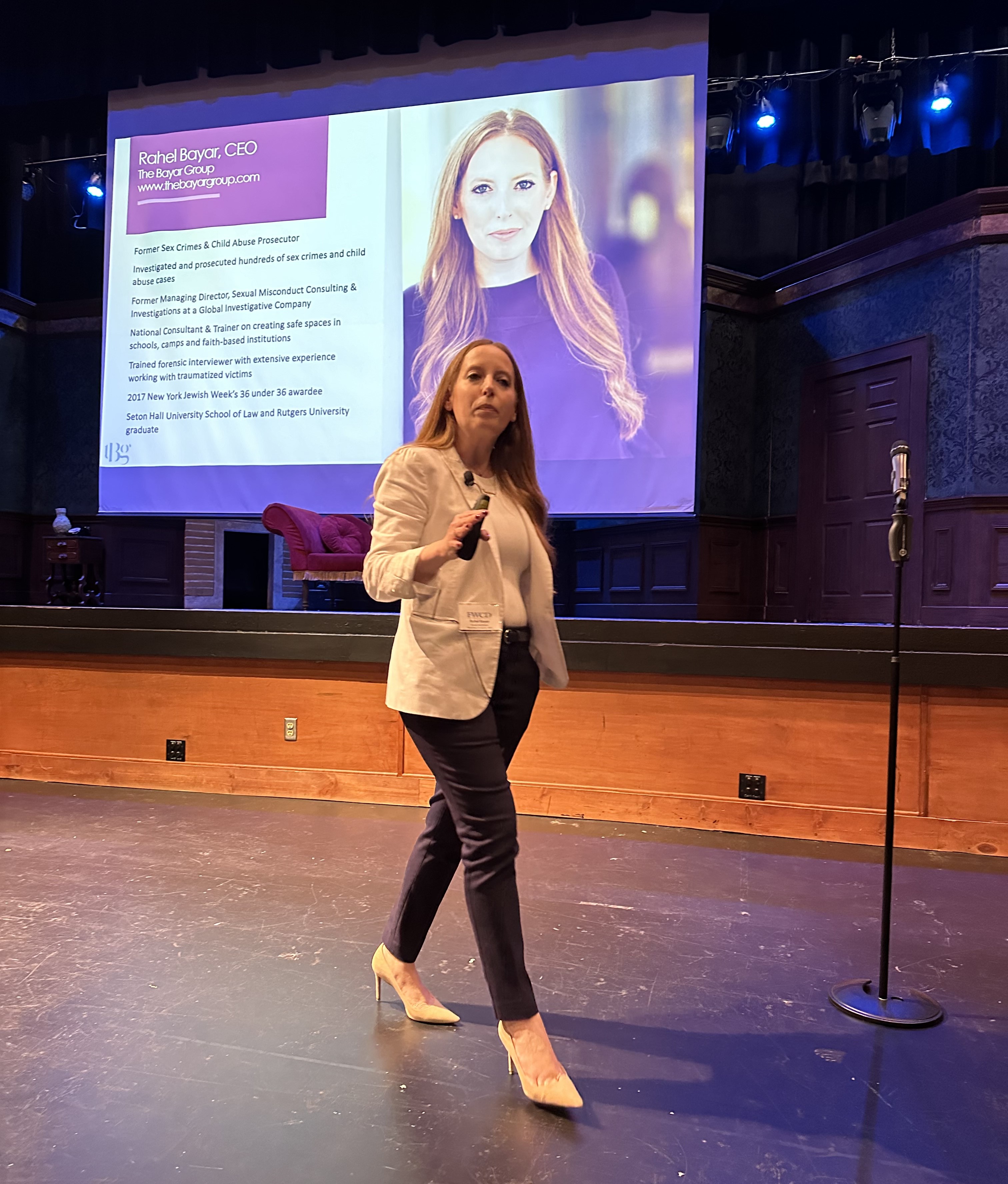
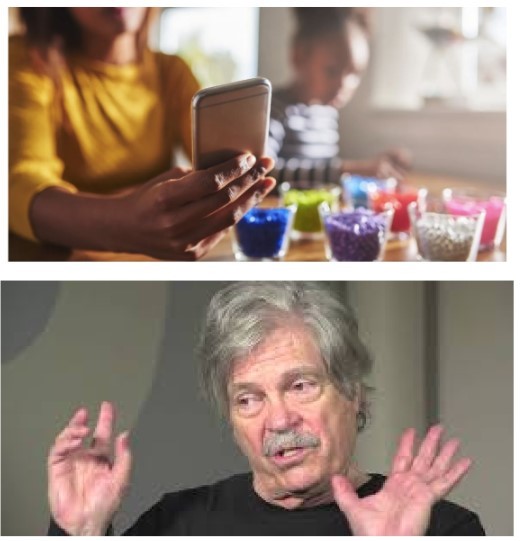
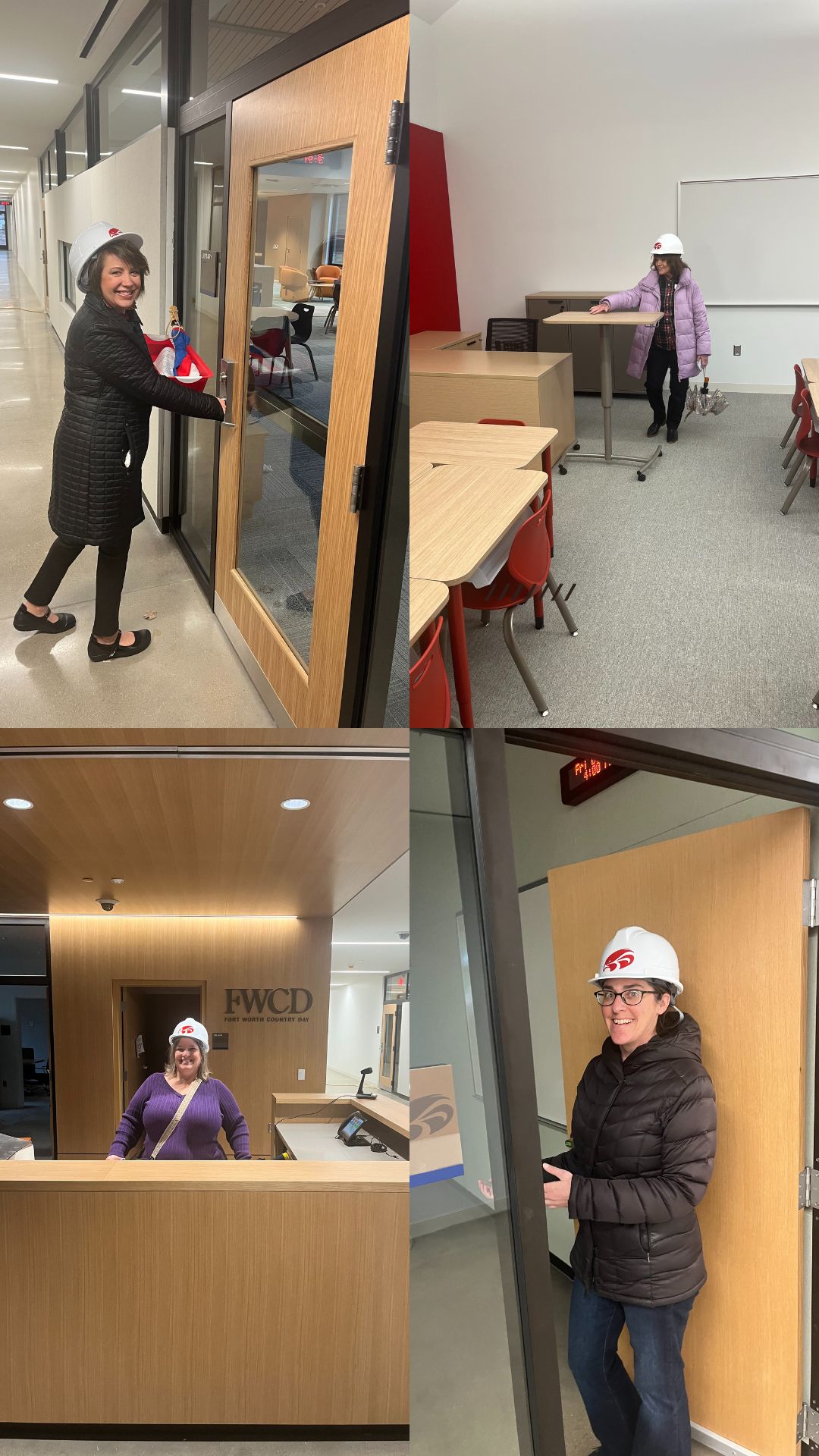
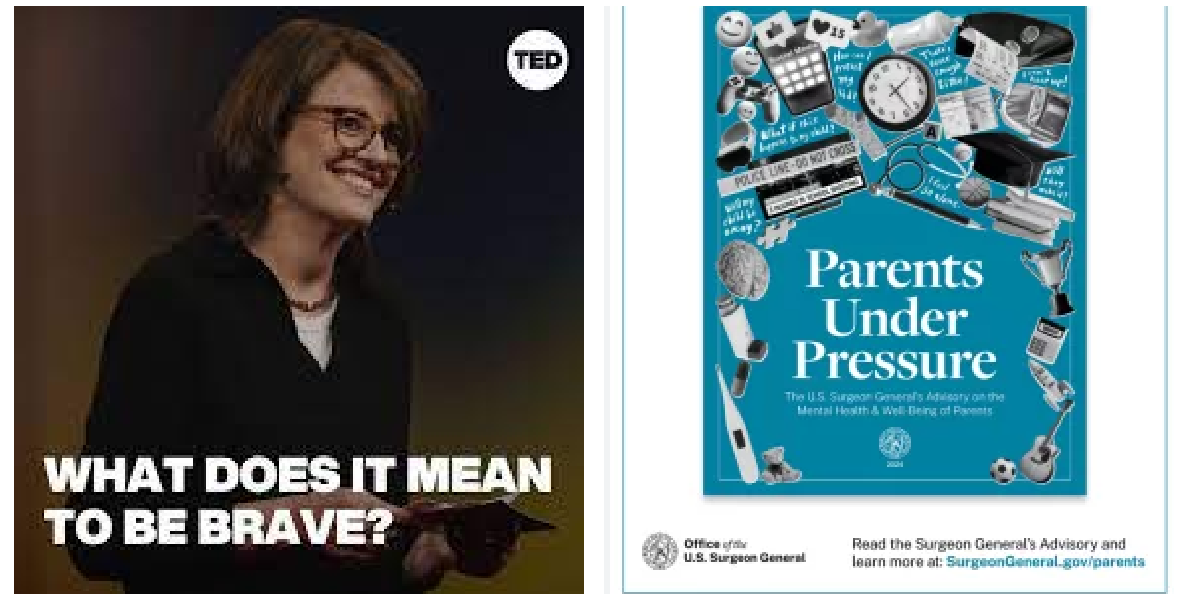
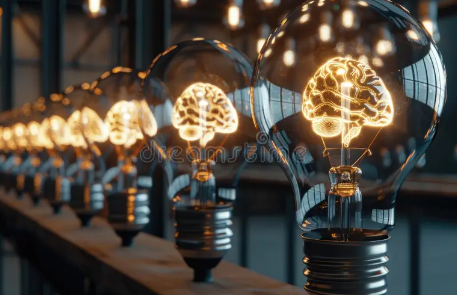
.png)
